
Review: Royer Labs R-10 Ribbon Mic
The R-121 DNA is evident in Royer Labs’ new ribbon microphone, which is great because it’s less than half the price.
I still remember the first time I used a ribbon mic — a pair of Coles 4038s on drum overheads tracked in a lively old church building. The drum kit seemed to have a rugged ‘realness’ that a pair of condensers couldn’t quite capture the same way. The dark frequency response drew attention to the earthy texture of the drum skins and warm room reflections. I’ve jumped at the opportunity to set up a ribbon or two at a recording session ever since.
If you’re into ribbon mics, you’ve heard of Royer Labs. David Royer made his first mic in 1997, so it’s a relatively young company considering how far back you can trace other notable ribbon mic manufacturers like RCA, Coles and Beyerdynamic. But that hasn’t kept the brand from establishing itself as a studio staple. In a short time, the R-121 has become a standard fixture on guitar amplifiers, often as a perfect complement to an SM57.
The R-121 lives around the $2k pricepoint. That kinda cash spent on a good condenser gets you a solid all-rounder, making the ribbon a premium option to budget-conscious enthusiasts. Royer spotted the opportunity to target this middle ground when it released the black-bodied R-101. It was still a bit of cash at over $1000, but it was the most affordable way to capture sounds with Royer’s patented R-series offset ribbon transducer.
At around $850, the brand new R-10 comes in at less than half its daddy. It’s also much smaller than the R-101, bringing it more inline with the svelte size and look of the R-121. The question is: which corners, if any, have been cut to slice the price in two without compromising the Royer reputation?
OPEN IT UP
Like the R-101, the new Royer R-10 doesn’t have the ‘ears’ of the R-121’s transducer magnets poking out on either side. It also replaces the slatted grill with a steel mesh-fronted, triple-layer windscreen. It ships in a solid, small black case with moulded cutouts for the mic itself (in a velvety black satin bag) and a screw-on ring mount. Though tiny, the R-10 is a heavy mic for its size and feels like it could cop a beating (its internal shockmount means it actually could). Its narrow shape sees it go where few other mics can — tucked under a hi-hat, wedged up against an amplifier, or sitting discreetly under the lid of a piano.
At its heart, the R-10 is still an R-series Royer ribbon. Royer assured us that the the R-series transducer is nearly identical to the R-121 — the same direct-corrugated ribbon element and offset ribbon — just with a slightly different shape due to the way it’s mounted inside the mic body. Likewise, Royer says there’s no magic effect to having the R-121 transducer assembly’s ears protruding from its body; the R-10s magnets are positioned as close to the ribbon as other Royer mics and therefore performs just the same.
If we put the R-10 specs head-to-head against the R-121, both Royers have a 2.5-micron aluminium ribbon and a frequency response of 30Hz – 15kHz (±3dB). Both will endure huge max SPLs above 135dB at 50Hz.
Output impedance is notably different; 300Ω for the R-121, 100Ω for the R-10. Sensitivity is 5dB less than the R-121 and the transformer is a new design by Dave Royer himself; an impedance-matching type that Royer says protects against overload. It’s not exactly clear what makes the R-121 a more expensive mic; though I’d wager it’s mostly in the transformer, the simplified body design and some componentry [see box item].
The frequency response graphs show the R-10 drops rapidly from 15k, whereas the R-121 is already near its lowest point around 15k. In practise, the newbie feels a little more forward. It has slightly less high end extension and more bloom in the lows. The R-121 is still a tighter package, from every angle, but the R-10 sounds every bit a Royer R-series mic.
NEED TO KNOW
The question is: which corners, if any, have been cut to slice the price in two without compromising Royer’s reputation?

GAIN HUNGRY
Passive ribbon mics typically require copious amounts of gain to drive them. True to form, the R-10 doesn’t offer much assistance in that area. Royer designed the transformer to have 5dB less sensitivity; great for high SPL handling (it can handle a whopping 160dB at 1kHz!), but you’ll notice it if you’re using noisy preamps to record a quiet source.
It’s almost a reflex action for me to stick a bright and transparent condenser in front of steel strings but not every song calls for a sparkling acoustic guitar tone. Trying out the R-10 was a revelation. From that standard position aimed at the 12th fret, the high-end rolloff delicately evened out harshness without turning the guitar tone weak and flabby. In fact, when positioned correctly, I was quite content with the amount of high end the R-10 picked up. If I craved a little more air, it responded exceptionally well to a high shelf boost around 10-12k.
The R-10 also excelled when thrown in amongst a live band recording. It was a pre-Christmas cover that was being filmed, so the whole six-piece band was recorded live. I was worried about bleed because the band members were set up in a circle facing inwards, with the guitar cab right next to the drums. I put the R-10 on the electric guitar and rotated the mic to place the drums in the 90° null point. It worked a treat. Positioned on axis with the speaker cone, the mic pickup was smooth in the highs and full in the lows, without requiring the 57 companion.
A ribbon mic usually isn’t my first pick when it comes to vocals, but I tried the R-10 for voiceover just for kicks. On a male voice you can’t avoid needing a touch of EQ to open up the highs but after a shelf boost and some low end filtering, the R-10 sounds just as good as a quality condenser. In fact with its creamy smooth mids, it’s a very inoffensive tone that I’d happily use on sung vocals for a jazz or R&B song. Be aware of the mic’s gain requirements though, because if your preamp is a noisy one, a high shelf boost won’t help you out much.
BLUE RIBBON
The R-10 is a different beast to the R-121 but it’s got Royer DNA in spades. It flatters most instruments, especially bright ones, with a beautiful warmth, richness, depth, and almost a hint of pseudo saturation. A pair of these in your mic collection will doubtless find their way into just about every recording session you conduct. Royer ships the mic with a five-year warranty and provides the first re-ribbon free within the first year. There’s little reason to hold off grabbing an R-10 early in 2018.



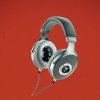



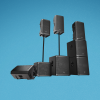



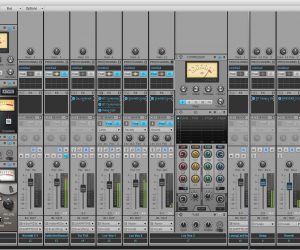
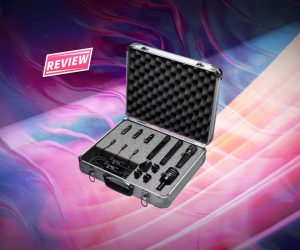
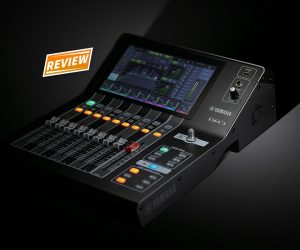






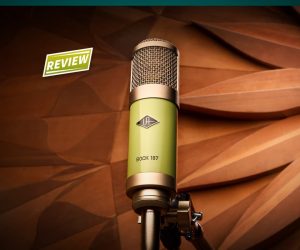

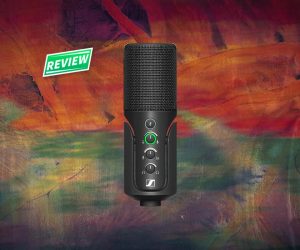


RESPONSES